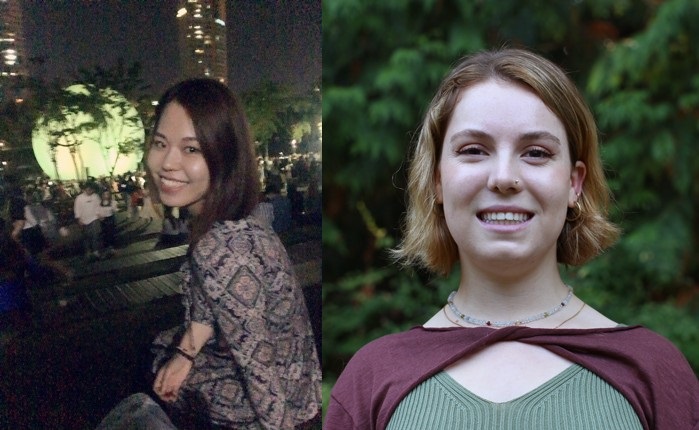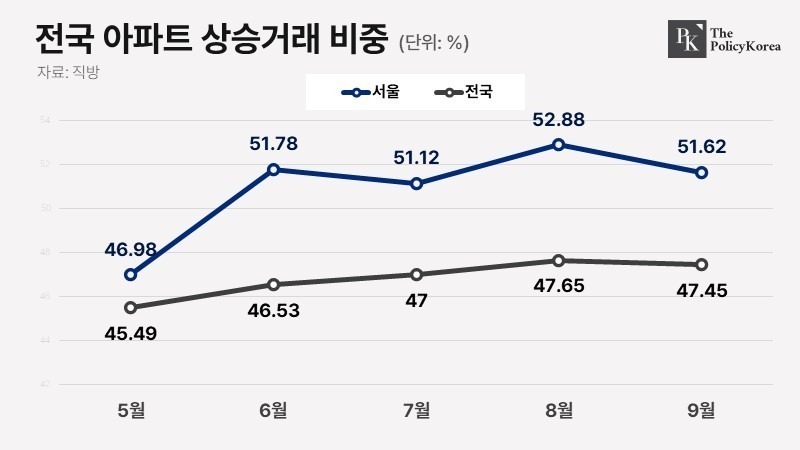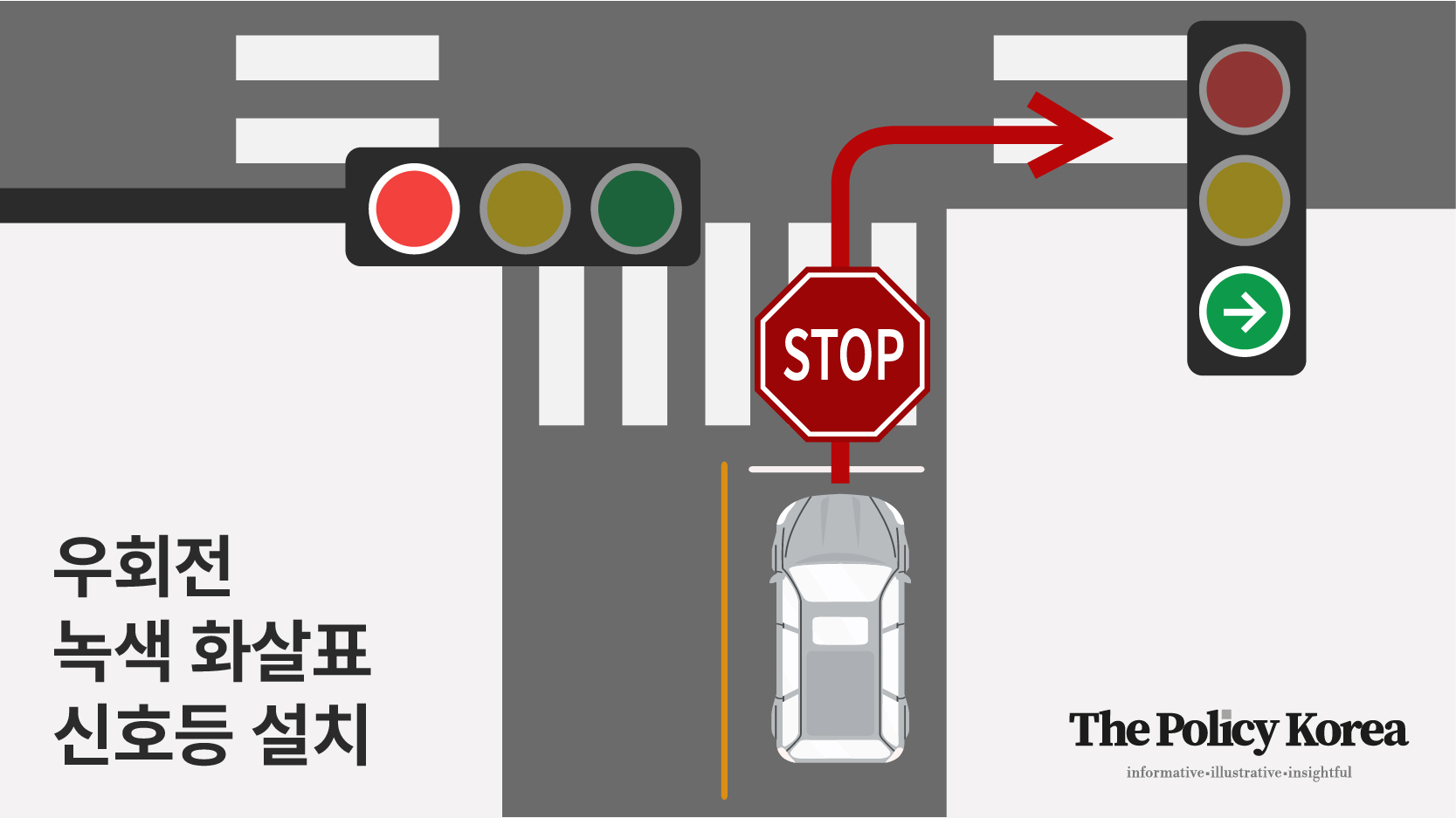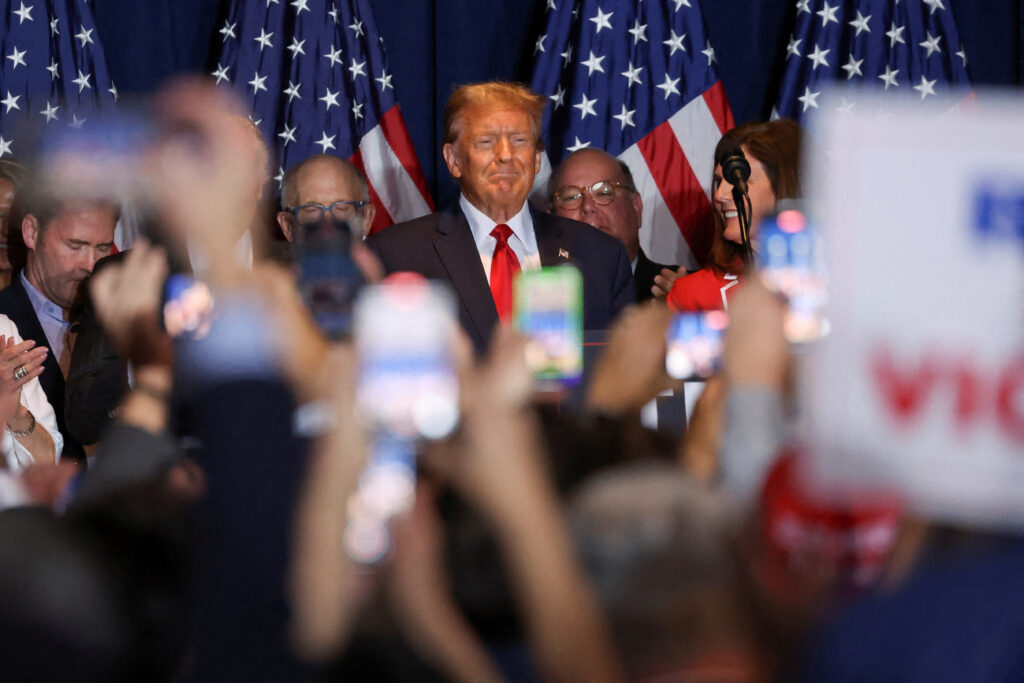[동아시아포럼] 친환경 에너지 전환을 위협하는 한국의 원전 정책
문재인 정부의 탈원전 정책 철회 의지 굳건한 윤석열 정부 80년대 수출 지향적 개발 전략에 대한 윤 대통령의 향수 윤 대통령의 원자력 정책은 친환경 기술 개발 경쟁에서 뒤쳐질 위험 수반해
[동아시아포럼]은 EAST ASIA FORUM에서 전하는 동아시아 정책 동향을 담았습니다. EAST ASIA FORUM은 오스트레일리아 국립대학교(Australia National University)의 크로퍼드 공공정책 학교(Crawford School of Public Policy) 산하의 공공정책과 관련된 정치, 경제, 비즈니스, 법률, 안보, 국제관계 및 사회에 대한 분석 및 연구를 위한 플랫폼입니다.
저희 폴리시코리아(The Policy Korea)와 영어 원문 공개 조건으로 콘텐츠 제휴가 진행 중입니다.

박선령은 브리티시 컬럼비아 대학교에서 정치학 박사 과정을 밟고 있습니다. 또한 아시아 연구소의 한국연구센터 연구원(2021~2023년)으로도 활동하고 있습니다. 그녀의 연구 주제는 녹색 산업 정책과 기후 파괴에 대처하기 위한 혁신 전략에 중점을 두고 있습니다. 그녀는 국가들이 왜, 그리고 어떻게 다시 힘을 합쳐 친환경 산업 경쟁에서 서로 경쟁하기 위해 기존 산업 정책의 도구와 새로운 도구를 다시 활성화하고 있는지 분석하는 데 관심이 있습니다.
샬롯(Charlotte Bull)은 영국 출신의 이중 국적 유럽 시민권자로 독일어와 영어를 모국어로 구사합니다. 최근 트리니티 칼리지 더블린 정치학과와 지리학과를 수석으로 졸업했습니다. 2022년 여름에는 옥스팜 아일랜드의 정책 및 옹호 부서에서 인턴십을 마치고 백신 형평성, 이주 및 기후 정의에 대한 정책 분석과 연구를 수행했습니다.
2023년 1월, 윤석열 한국 대통령은 전임 문재인 대통령이 폐기하려 했던 원전 정책을 다시 복원하겠다는 의지를 천명했습니다. 그러나 이러한 입장은 한국의 친환경 에너지 전환에 대한 의문을 남깁니다.
윤 대통령은 ‘화석 연료에 대한 의존도를 줄이면서 에너지 안보를 강화할 수 있는 핵심 수단으로 원자력과 청정 수소에 주목해야 한다’고 말했습니다. 그는 또한 ‘한국의 원자력 [생태계]는 이전의 탈원전 정책으로 인해 어려움에 직면했지만 원자력 발전을 확대할 것’이라고 덧붙였습니다.
윤 대통령의 원전 유턴은 완전히 새로운 입장은 아닙니다. 윤 대통령은 2022년 대선 캠페인 때부터 원자력을 청정 에너지원으로 옹호해왔습니다. 태양열, 풍력, 수력 에너지를 장려하는 대신 온실가스 배출량을 줄이기 위한 핵심 수단으로 원자로를 더 많이 건설할 것을 촉구했습니다.
2022년 7월 윤 대통령은 수출 성장 동력으로서 원자력을 강조할 필요성을 재차 강조했습니다. 2023년 1월에 발표된 제10차 장기 전력수급기본계획은 2036년까지 전체 에너지 포트폴리오에서 원자력이 차지하는 비중을 2018년 23.4%에서 34.6%로 늘리는 것을 목표하고 있습니다.
이러한 정책 기조는 노후 원자로를 폐쇄하고 2034년까지 가동 중인 원전 수를 17기로 줄이겠다고 공언했던 문재인 정부의 탈원전 정책의 철회를 의미합니다. 현재 한국의 원전 25기 중 20기가 가동 중이고 4기는 정비 중입니다.
탈원전 정책의 전환은 한국에만 국한된 것이 아니라 전 세계적인 추세의 일부입니다. 현재 19개 국가에서 원자로를 건설 중입니다. 프랑스는 원자력 에너지 의존도를 줄이려는 계획을 뒤집었습니다. 프랑스는 현재 6기의 신규 원자로와 12기의 소형 원자로를 추가로 건설하고 있습니다. 영국도 8기의 신규 원자로와 16기의 소형 모듈형 원자로를 건설할 계획입니다.
전통적으로 원전에 반대하던 국가들도 원전을 다시 도입하고 있습니다. 독일은 남은 원전 3기 중 2기의 가동 시한을 2023년 4월까지 연장하기로 결정했습니다. 일본은 새로 발표한 원자력 에너지 정책에서 기존 원전 활용을 극대화하고 신규 원전을 건설하는 방안을 제시하며 후쿠시마 원전 사고 이후 중대한 정책 변화를 예고했습니다.
최근 원전을 복권시키려는 추세가 급증한 것은 부분적으로는 연료 가격의 급등과 러시아-우크라이나 전쟁으로 인한 에너지 안보 우려 증가에 기인한 것입니다. 그러나 보다 근본적인 이유는 각국이 탄소중립 공약을 제때 달성하기 위해 점점 더 원자력에 의존하고 있기 때문입니다.
다른 국가들과 마찬가지로 한국도 수입 석유와 가스에 대한 의존도가 높고 에너지 가격 충격에 대한 취약성이 높다는 점이 탈원전 전환에 영향을 미쳤습니다. 이러한 반전은 크게 두 가지 시사점을 던져줍니다.
첫째, 1970년대와 1980년대에 성공했던 수출 지향적 개발 전략에 대한 윤 대통령의 성향을 보여줍니다. 대한민국 최고의 세일즈맨인 윤 대통령의 통상 외교는 한국이 해외 원전 건설의 선두주자로 자리매김하는 것을 목표합니다.
2022년 10월 폴란드는 한국과 원자로 4기를 건설하는 계약을 체결했습니다. 터키와 핀란드도 한국 기술을 활용한 원전 건설을 논의하고 있습니다. 2023년 1월 윤 대통령은 최근 국영 한국전력공사가 해외 첫 원전 4기 중 3기의 원자로 건설을 완료한 아랍에미리트를 방문했습니다. 윤 대통령은 원전 수출 전략이 수출 지향적인 발전으로 이어질 수 있기를 기대하고 있습니다.
둘째, 윤 대통령의 원자력 정책 전환은 한국이 친환경 기술 개발 경쟁에서 뒤처질 위험에 처할 수 있음을 시사합니다. 원자력이 재생에너지로 인정받을 수 있는지에 대한 논쟁이 계속되고 있는 가운데, 현재 녹색 기술 경쟁은 태양광과 풍력을 중심으로 전개되고 있습니다. 한국은 사실상 이러한 기술에서 뒤처져 있으며 경쟁에서 불리한 형국입니다.
문재인 정부의 그린 뉴딜은 2030년까지 한국 전력의 20%를 재생에너지로 생산한다는 목표를 세웠지만, 2022년 7월 기준 한국 발전량의 3.8%(21테라와트시)만이 태양광과 풍력에서 생산되었습니다. 윤 후보의 전력 계획은 2030년까지 전체 발전량 중 원자력을 제외한 재생에너지 비율을 21.6%, 2036년까지 30.6%로 높이는 것을 목표로 합니다. 이는 2034년까지 재생에너지 발전량을 40%까지 늘리겠다고 했던 문재인 정부의 전력 계획에서 한발 물러난 것입니다.
현재의 녹색 기술 경쟁은 기후 비상사태에 대처하기 위한 것뿐만 아니라 녹색 기술을 발명, 생산 및 배포하기 위한 싸움도 포함합니다. 이는 미래 산업에 대한 우위를 차지하기 위한 경쟁이며, 승자가 세계 경제의 미래 계층 구조를 결정합니다. 외국과의 경쟁에서 패배하면 세계 경제에서 입지를 되찾을 확률은 매우 낮아집니다.
녹색 기술 투자에는 높은 수준의 위험과 불확실성이 수반되므로 정부가 앞장서야 합니다. 비즈니스 부문은 이들의 녹색 기술 혁신에 대한 참여를 정당화하는 정부의 명확하고 일관된 신호를 필요로 합니다. 윤 대통령의 원자력 에너지로의 전환은 민간 부문의 불확실성을 높여 투자 감소로 이어질 수 있습니다. 한국은 원자력 에너지로의 전환이 친환경 정책에 어떤 영향을 미칠지 신중하게 고려해야 합니다.
South Korea’s nuclear U-turn threatens its green energy transition
In January 2023, South Korean President Yoon Seok-yeol reaffirmed his willingness to reinstate the nuclear power policies that his predecessor, Moon Jae-in, had sought to scrap. But this position raises questions about South Korea’s green energy transition.
A woman holding her child looks at Kori Nuclear Power Plant at Imrang beach in Busan, South Korea, 18 August 18, 2022. (Photo: Reuters/Kim Hong-Ji)
‘As a key means to bolster our energy security while reducing our reliance on fossil fuels, we must turn our attention to nuclear power and clean hydrogen’, Yoon said. He also added, ‘Korea’s nuclear power [ecosystem] had faced challenges due to the previous phase-out policies, but we will expand nuclear power generation’.
Yoon’s nuclear U-turn is not entirely new. Since his presidential campaign in 2022, Yoon has championed nuclear power as a clean energy source. Instead of promoting solar, wind or hydroelectric energy, he has called for the construction of more nuclear reactors as a key tool to reduce greenhouse gas emissions.
In July 2022, Yoon reiterated the need to emphasise nuclear energy as an export growth driver. The 10th Basic Plan for Long-Term Electricity Supply and Demand, released in January 2023, targets raising nuclear power to 34.6 per cent of the country’s total energy mix by 2036, up from 23.4 per cent in 2018.
This policy focus signals a reversal of the nuclear phase-out policy of the Moon administration, which had vowed to shut down old nuclear reactors and sought to decrease the number of nuclear plants in operation to 17 by 2034. Currently, 20 out of South Korea’s 25 nuclear reactors are in operation and four are under maintenance.
The reversal of the nuclear phase-out policy is not confined to South Korea and is part of a global trend. Nineteen countries currently have nuclear reactors under construction. France has reversed its plan to reduce its dependence on nuclear energy. It is now building six new reactors and a dozen more small reactors. The United Kingdom also plans to build eight new reactors and 16 small modular reactors.
Even traditionally anti-nuclear states are bringing back nuclear power. Germany decided to extend the runtime of two of its three remaining nuclear power plants until April 2023. Japan’s newly published nuclear energy policy proposes maximising the use of existing nuclear power plants and building new ones, marking a major policy change since the Fukushima nuclear disaster.
The recent surge in nuclear momentum can be partially attributed to soaring fuel prices and growing energy security concerns exacerbated by the Russia–Ukraine war. But, more fundamentally, countries are increasingly turning to nuclear energy to meet their net zero commitments in time.
As in other countries, South Korea’s heavy dependence on imported oil and gas and its resultant high vulnerability to energy price shocks have contributed to its nuclear U-turn. This reversal yields two broader implications.
First, it shows Yoon’s inclination toward the export-oriented development strategy that was successful in the 1970s and 1980s. Being the country’s top salesman, Yoon’s commercial diplomacy seeks to position South Korea as a leader in building nuclear power abroad.
In October 2022, Poland signed a deal with South Korea to build four nuclear reactors. Turkey and Finland are also discussing building nuclear power stations using South Korean technology. In January 2023, Yoon visited the United Arab Emirates where the state-run Korea Electric Power Corporation recently completed the construction of three out of four reactors of its first nuclear power plant outside of South Korea. Yoon hopes his nuclear energy export strategy will enable further export-oriented development.
Second, Yoon’s reversal on nuclear power suggests that South Korea may be at risk of falling behind in the race to develop green technology. While the debate over whether nuclear energy qualifies as a renewable source continues, the current green technology race is revolving around solar and wind power. South Korea lags behind in these technologies and is at a competitive disadvantage.
Although the Moon government’s Green New Deal aimed to generate 20 per cent of South Korea’s power with renewables by 2030, as of July 2022 only 3.8 per cent (21 terawatt hours) of electricity generated in South Korea came from solar and wind. Yoon’s electricity plan sets a target of 21.6 per cent for the share of renewables, excluding nuclear, in total power generation by 2030, and 30.6 per cent by 2036. This marks a step back from the Moon administration’s electricity plan, which aimed to boost renewable capacity to 40 per cent by 2034.
The current green technology race is not solely aimed at combating the climate emergency but also involves a battle to invent, produce and deploy green technologies. It is a contest for dominance over future industries, with the winners determining the future hierarchy of the global economy. Losing to foreign competition makes the odds of reclaiming one’s position in the global economy vanishingly small.
Since green technology investment entails a high level of risk and uncertainty, governments must take the lead. The business sector needs clear and consistent signals from governments to justify its engagement in green technology innovation. Yoon’s shift to nuclear energy could heighten uncertainty in the private sector, leading to reduced investment. South Korea should carefully consider how its reversal on nuclear energy will affect its green trajectory.



























